Power plan a leap in the right direction for 2050 ambitions
The plan introduces several key takeaways for investors and financiers interested in the Vietnamese power sector.
One notable aspect is the encouragement of rooftop solar and other renewable energy projects for self-consumption, without the need to connect to the national grid. This presents a favourable environment for investors keen on renewable energy opportunities.
 |
| Chan Hong and Vi Nguyen Lawyers, Dentons LuatViet |
In addition, the Ministry of Industry and Trade (MoIT) has been tasked to prepare and submit to the government and National Assembly in 2024 the draft of the amended Law on Electricity, which will reflect and actualise objectives and planning under the PDP8 and the draft of the Law on Renewable Energy.
These amendments will address key aspects such as the mechanism of auctions and bidding for the selection of investors and determination of tariffs. Investors shall be prepared and be alerted that the power sector in Vietnam would be entering into a bidding-auction phase in post-2024.
The MoIT has been tasked to draft and prepare a pilot, then an official decision on the mechanism for direct power purchase agreement between renewable energy producers and consumers as well as regulations on fee collection, with a total capacity of 1,000MW. This presents an opportunity for investors; however, the timeline for completion and submission of the pilot draft remains unspecified.
Notably, since all energy projects require land use, the amended Law on Land, which aims to be passed in Q4, should have a synchronous amendment. However, the draft revision shows that land for energy works is still mentioned in the draft, but there are no noticeable changes compared to the current regulations under the land law.
The PDP8 also outlines a policy for private investment engagement in the transmission grid. This policy signals a potential future opportunity for investors to invest in the transmission grid infrastructure and potentially mobilise the public-private partnership scheme. Vietnam’s push forward in grid development may contribute a step closer to furnishing the plan for an ASEAN Power Grid.
Meanwhile, a whopping $135 billion would be needed to fund the development of power and grid infrastructure up to 2030. Great deals of foreign private or public funding are required to support this ambitious mega-project for the remaining years of this decade.
Highlighting the key elements of the PDP8, the plan prioritises the development of renewable energy for self-consumption, and for manufacturing of new energy such as hydrogen and ammonia.
By 2030, Vietnam anticipates a total power generation of 567 billion kWh in the country and imports. Furthermore, the PDP8 sets a target of achieving 67.5 per cent or more of total power generated by renewable energy in the generation mix by 2050.
Hydropower will remain a significant part of Vietnam’s energy mix until 2030, accounting for 21,880MW or 14.5 per cent of the country’s energy source structure. The PDP8 also prioritises the development of pumped storage hydropower, with a total capacity of 2,400MW, carried forward from the revised PDP7.
In the solar power sector, the PDP8 places a strong emphasis on the development of behind-the-grid rooftop solar power projects, which are intended for self-consumption and do not require connection to the national grid. There is no limitation on the capacity of these projects.
Looking ahead to 2050, the PDP8 also envisions a significant expansion of wind power projects. The plan focuses on the expansion of onshore wind power projects with a total capacity of 21,880MW by 2030 and offshore wind power projects with a total capacity of 6,000MW by 2030, gradually scaling up to 70,000-91,500MW by 2050 to meet domestic demand.
The PDP8 also emphasises the combination of offshore wind power projects with other forms of renewable energy, such as solar power, to produce new energy sources. However, the plan does not specifically address the legal frameworks and legislative programmes related to wind power projects, which currently pose challenges due to their connection with national security, maritime issues, and marine resource exploitation.
In the gas and liquefied natural gas (LNG) sector, the PDP8 sets a total capacity of 22,400MW for LNG projects and 14,930MW for domestic gas-fired projects by 2030. The plan highlights the use of domestic gas for power generation, but in case of reduced supply, importation of gas or LNG is allowed. By 2050, the plants using LNG will be gradually transitioned to hydrogen, with a total capacity of 25,400MW.
The new plan identifies 11 related projects with a total capacity of 19,524MW and introduces three new projects with a total capacity of 4,500MW. Additionally, one coal-fired project, LNG Quang Trach 2, has been switched to LNG. In comparison to the total capacity of LNG-fired projects for this decade, we found that there is no room for new LNG projects unless any planned project is unable to be implemented and the new project is approved by the prime minister.
The PDP8 also addresses the future of coal-fired projects. It confirms the continuation of projects already underway or included in the revised plan until 2030. However, coal-fired plants operating for 20 years will be transitioned to alternative sources such as biomass and ammonia, while plants operating for more than 40 years will be closed. By 2050, coal-fired projects will no longer exist, in line with Vietnam’s commitment to transitioning to cleaner energy sources.
Lastly, the PDP8 acknowledges biomass power and waste-to-energy projects with a total capacity of 2,270MW by 2030. However, due to the sizable land use, this type of such power has not been determined to develop on a large scale under the PDP8.
| Foreign-invested groups propose early implementation of PDP8 PDP8 approval faces further delays PDP8 officially authorised: 2050 approach A well-planned greener transition through PDP8 |
What the stars mean:
★ Poor ★ ★ Promising ★★★ Good ★★★★ Very good ★★★★★ Exceptional
Related Contents
Latest News
More News
- Trends in data analytics and AI in marketing today (August 12, 2021 | 15:54)
- Every digital project needs quality assurance (April 07, 2021 | 14:25)
- Potential in reach to become decade’s stand-out performer (February 03, 2021 | 13:54)
- Coronavirus outbreak: impacts on Vietnamese tourism industry (February 11, 2020 | 17:55)
- Grant Thornton bi-annual tax seminar in Ho Chi Minh City (April 02, 2019 | 09:34)
- What to know before attracting investments from private equity firms (March 15, 2019 | 08:00)
- Foreigners earning incomes from providing services in Vietnam, what are their tax liabilities? (February 20, 2019 | 08:19)
- How to maximise value added tax refunds (January 21, 2019 | 08:53)
- Optimising benefits from tax incentives (December 20, 2018 | 08:00)
- “Substance over form” in transfer pricing – facts and risks (November 26, 2018 | 08:37)

 Tag:
Tag: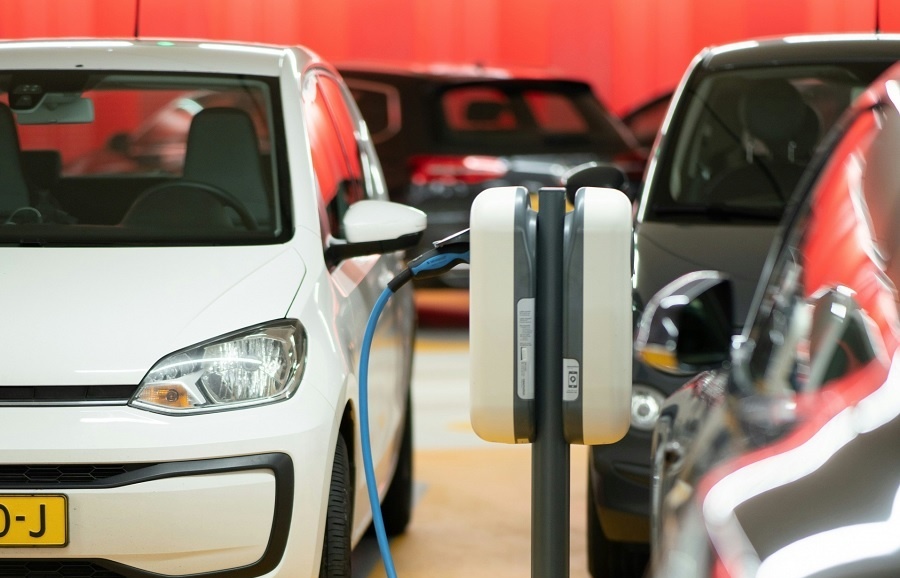
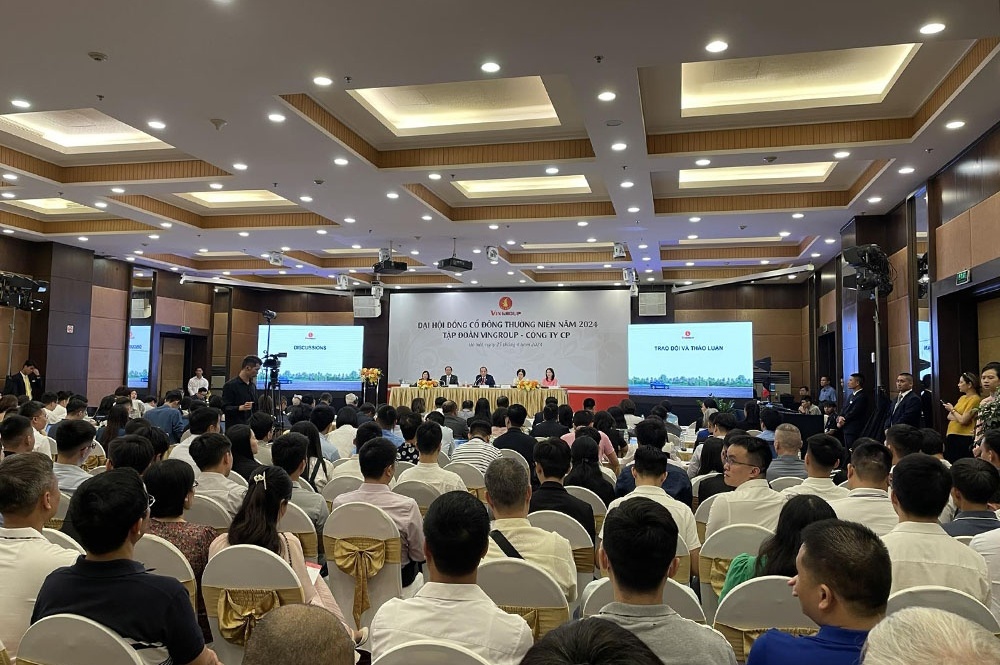
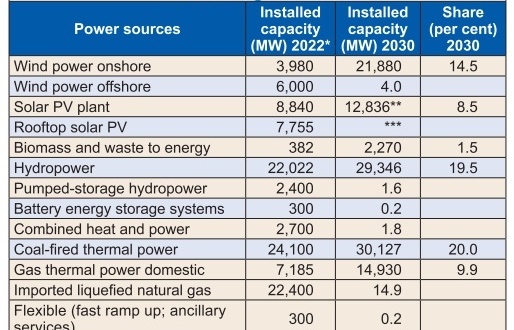
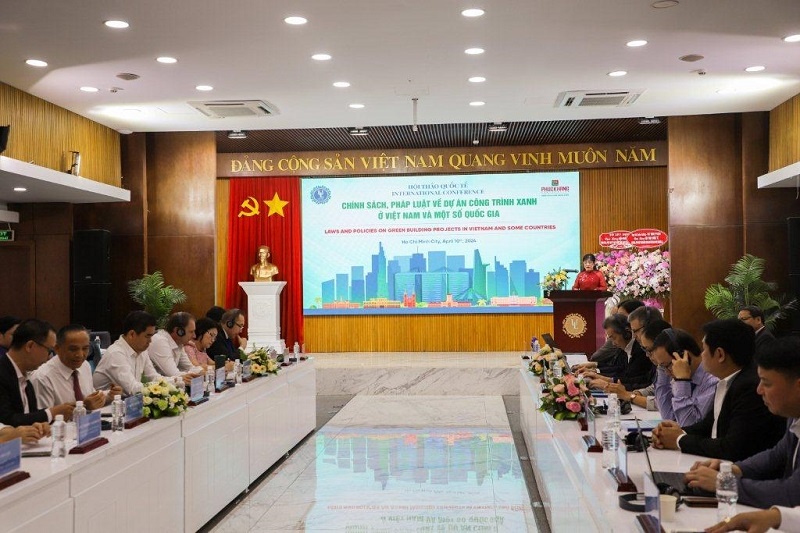
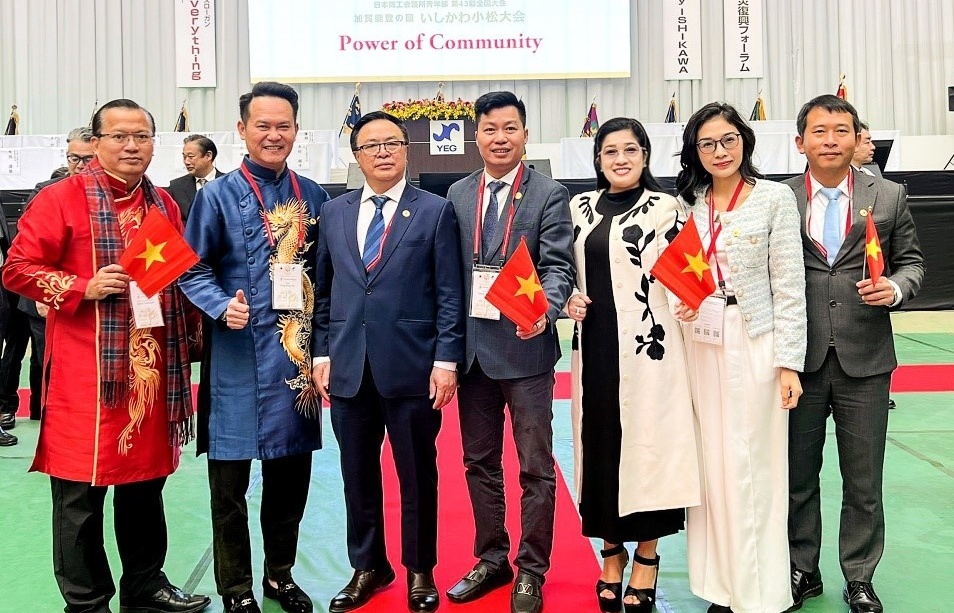


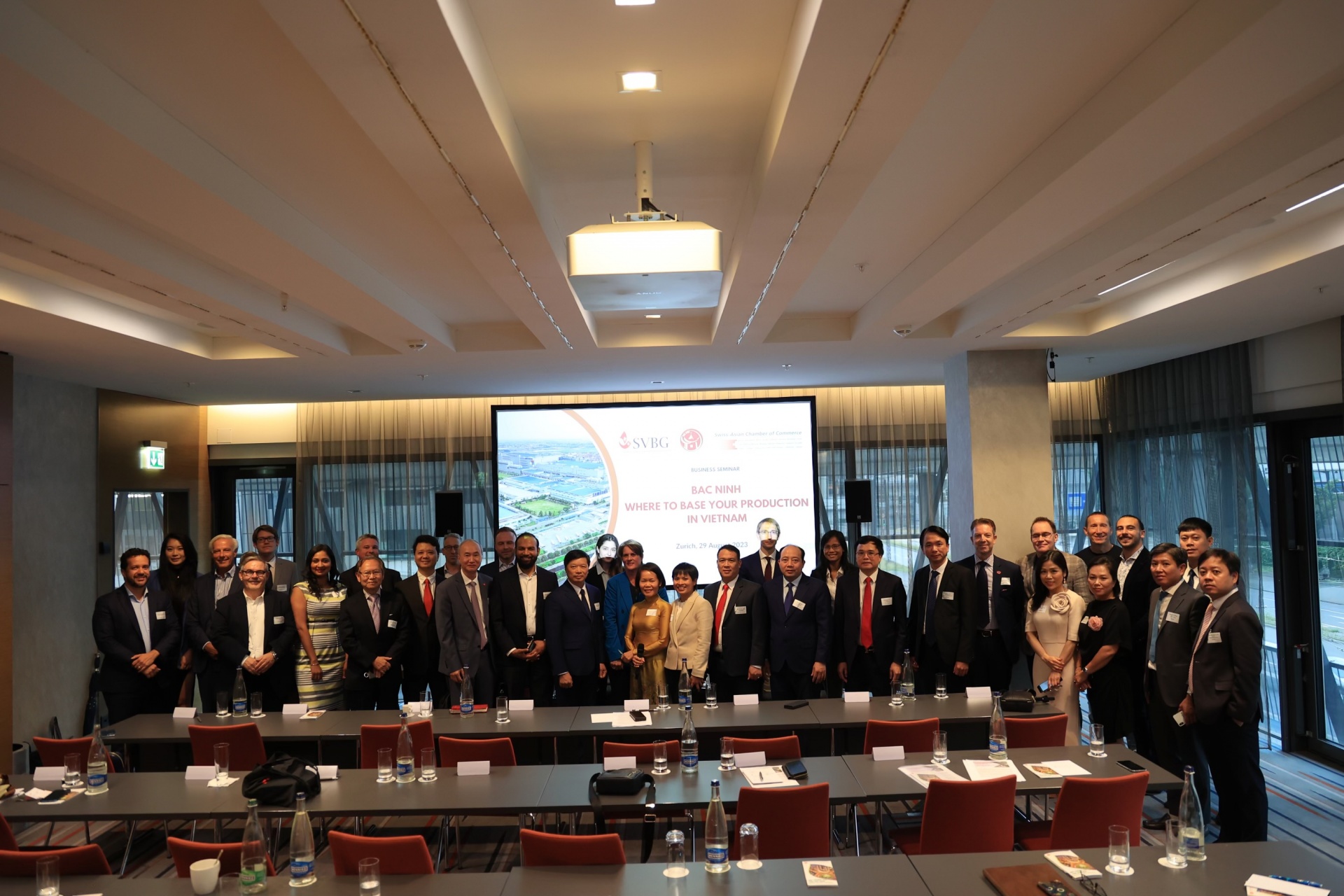





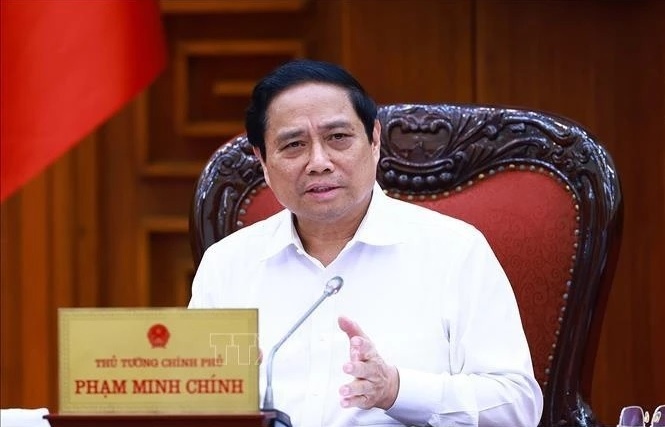




 Mobile Version
Mobile Version